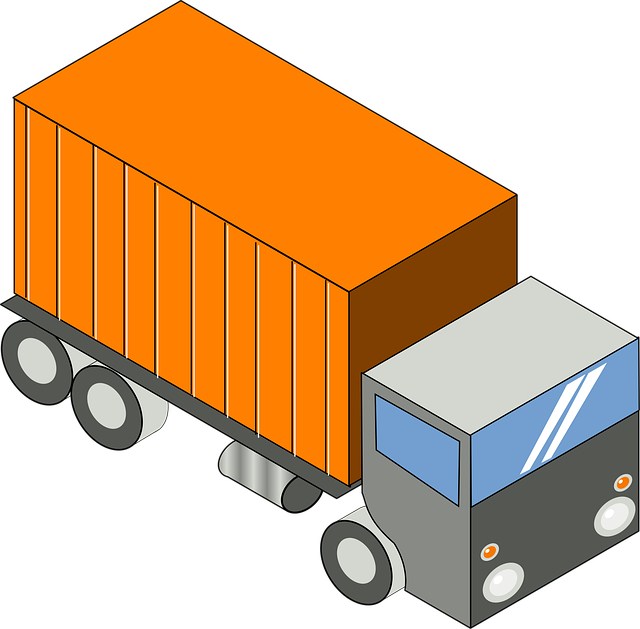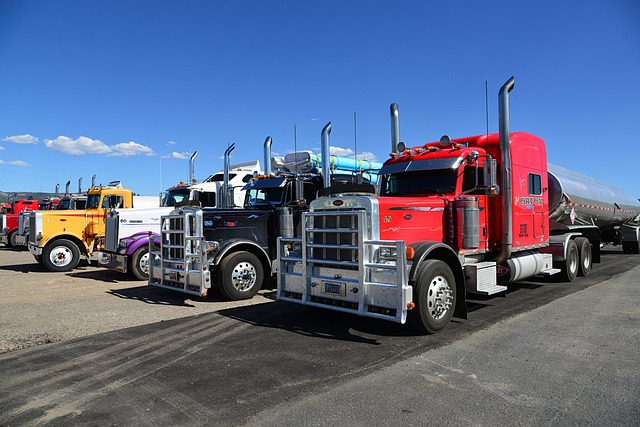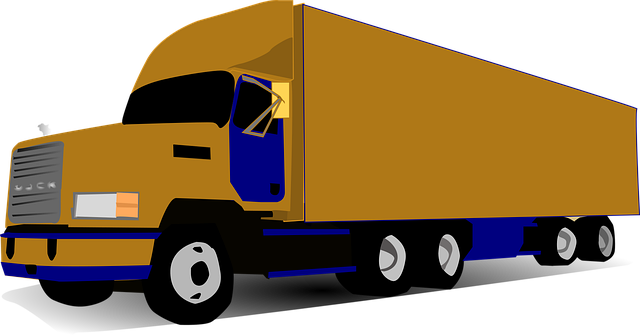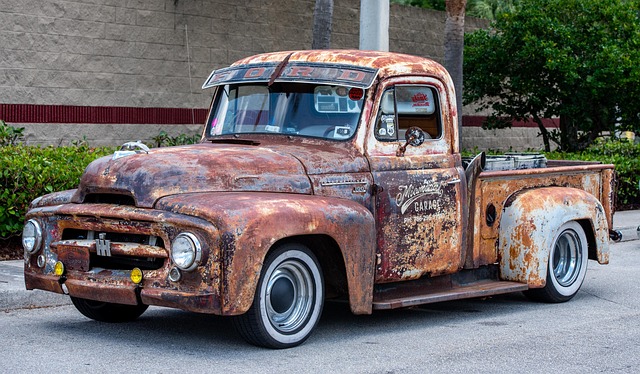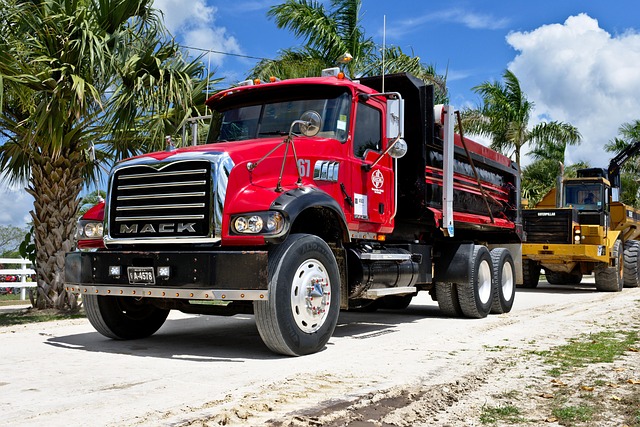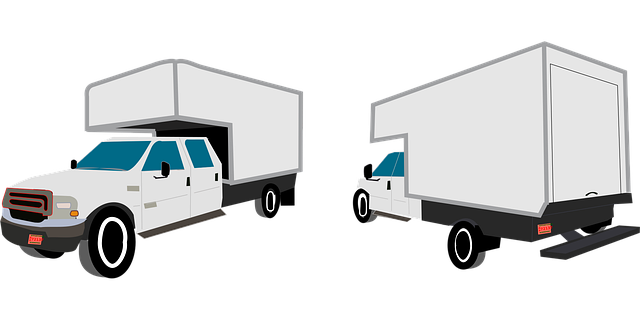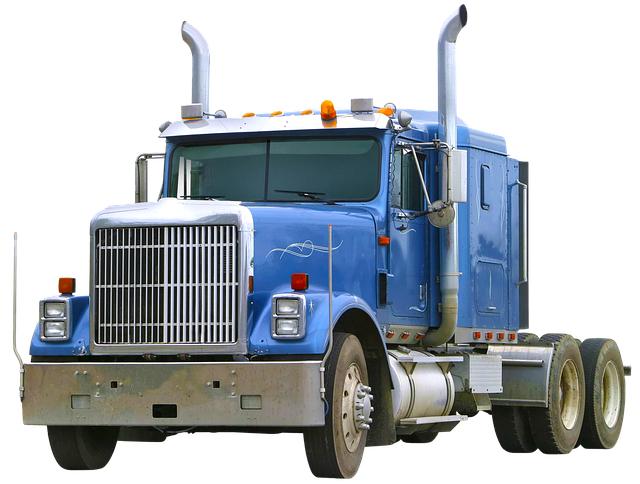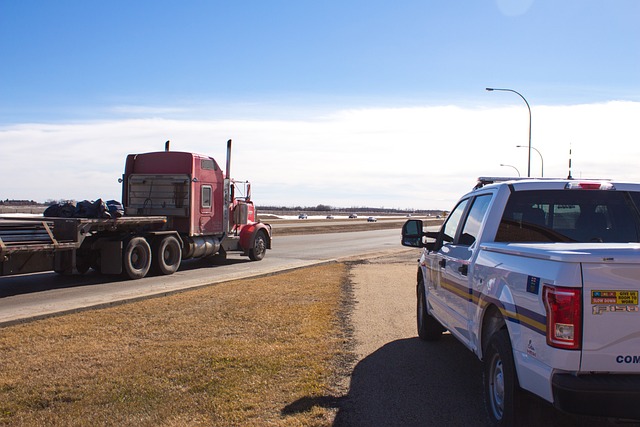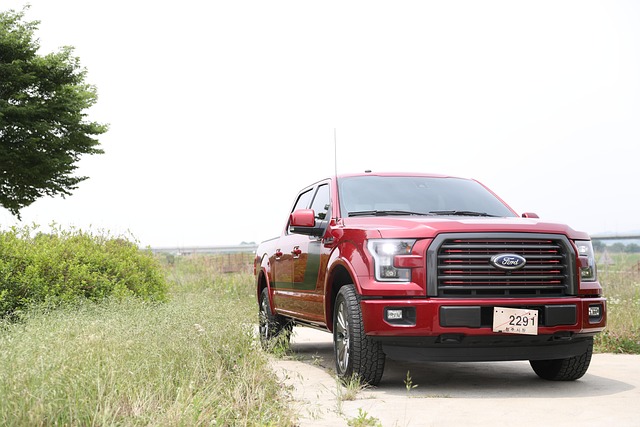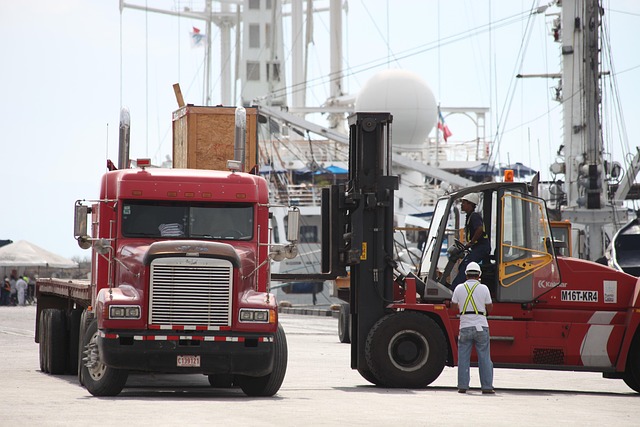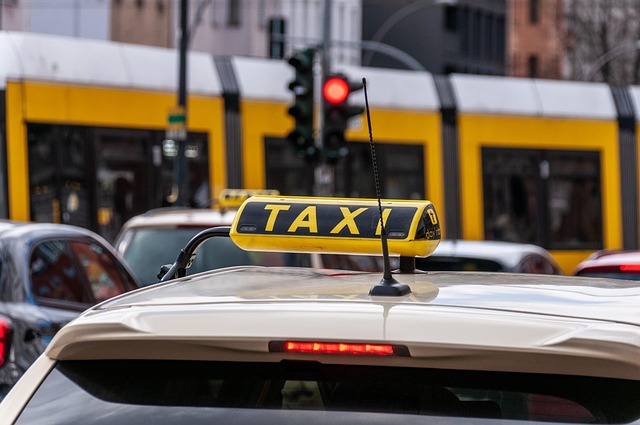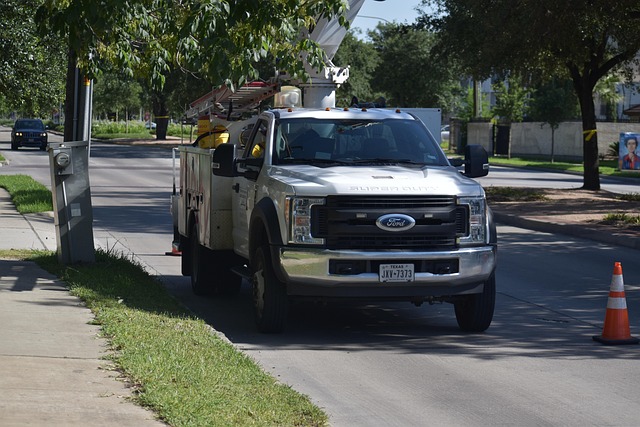Looking to register your car in California? It’s a straightforward process, but understanding the requirements is key. This guide walks you through every step, from gathering essential documents to completing the registration application at the California DMV (DMV). Learn how to verify your vehicle identification number (VIN) and ensure it meets safety standards. By following these steps, you’ll be on your way to a smooth car registration experience with minimal hassle.
- Understand California Car Registration Requirements
- Gather Necessary Documents for Vehicle Registration
- Visit or Contact the California DMV
- Complete and Submit the Vehicle Registration Application
- Verify VIN and Ensure Safety Standards Met
Understand California Car Registration Requirements

Before registering your car in California, it’s crucial to understand the state’s specific requirements. The California Department of Motor Vehicles (DMV) mandates several key steps for vehicle registration, including a valid vehicle identification number (VIN) verifier. This ensures that the vehicle is genuine and has not been reported stolen. Additionally, you’ll need to present necessary documents, such as proof of insurance, vehicle ownership, and identity.
One efficient method to facilitate this process is through mobile VIN verification services. These services allow for a seamless and quick inspection of your car’s history right from your location. By utilizing a mobile VIN inspection tool, you can confirm your vehicle’s authenticity, saving time and effort in preparing the required documentation for DMV submission.
Gather Necessary Documents for Vehicle Registration

Before heading to the California Department of Motor Vehicles (DMV) to register your car, make sure you have all the essential documents in order. The first step is to obtain a Vehicle Identification Number (VIN) verification from a reliable source. You can use a mobile VIN verifier or undergo a vin inspection to ensure that the vehicle’s VIN matches the records and there are no discrepancies.
This process is crucial as it helps prevent fraud and ensures you’re registering the correct vehicle. Other required documents include proof of ownership, such as a title document, a current auto insurance card, and valid identification like a driver’s license or passport. It’s recommended to check with your local DMV for any additional documentation they might require specific to California.
Visit or Contact the California DMV

The first step to register your car in California involves reaching out to or visiting the California Department of Motor Vehicles (DMV). This is where you’ll initiate the process and gather all the necessary documents. The DMV will guide you through the requirements, which include verifying your vehicle’s identification number (VIN) as part of their registration procedures. You can perform this VIN verification using official tools provided by the DMV or opt for a mobile VIN verifier to make the process more convenient.
By contacting or visiting the DMV, you gain access to expert assistance and ensure that you’re adhering to California’s specific regulations. They’ll help you understand any additional steps required, especially if your car is used for commercial purposes or has unique characteristics, ensuring a smooth registration experience.
Complete and Submit the Vehicle Registration Application
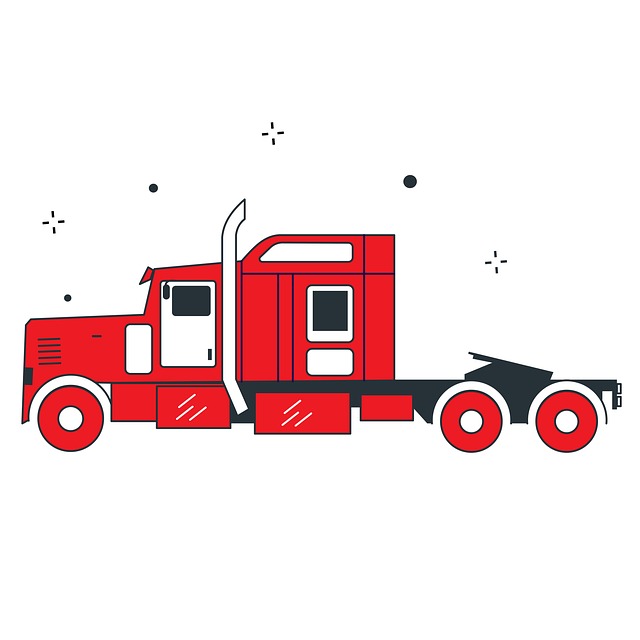
To register your car in California, the first step is to complete and submit the Vehicle Registration Application. This form requires essential information about your vehicle, including its make, model, year, and unique identification number (VIN). The VIN is a crucial detail that allows the DMV (Department of Motor Vehicles) to verify the vehicle’s history, ensuring it’s not stolen or has any outstanding issues.
Using a DMV-approved VIN verifier like a mobile vin verification service can simplify this process. These services offer a convenient and often faster alternative to traditional methods. With just a few clicks on your smartphone, you can obtain a comprehensive vehicle history report, including accident records, ownership history, and mechanical issues. This information is then submitted along with your application, making the registration process smoother and more efficient, especially if you’re dealing with a private sale or importing a vehicle.
Verify VIN and Ensure Safety Standards Met

Before registering your car in California, it’s crucial to verify the Vehicle Identification Number (VIN) and ensure it meets safety standards. Start by using a DMV VIN verifier or a reputable mobile vin inspection service to check the vehicle’s history and condition. This step is essential as it allows you to identify any potential issues or discrepancies that could affect your registration process.
A mobile vin verifier can perform an in-depth inspection, confirming that the car meets all safety regulations set by the California Department of Motor Vehicles (DMV). This includes checking for outstanding recalls, previous accidents, and ensuring the vehicle’s emissions system is compliant. By addressing these aspects proactively, you’ll have a smoother registration experience and a safer vehicle.
Registering a car in California involves understanding clear requirements, gathering essential documents, and completing an application at or through the California DMV. Always verify your vehicle’s unique VIN (using a trusted dmv vin verifier) to ensure it meets safety standards before proceeding with registration. By following these steps and adhering to state guidelines, you’ll successfully navigate the process and hit the roads legally.




